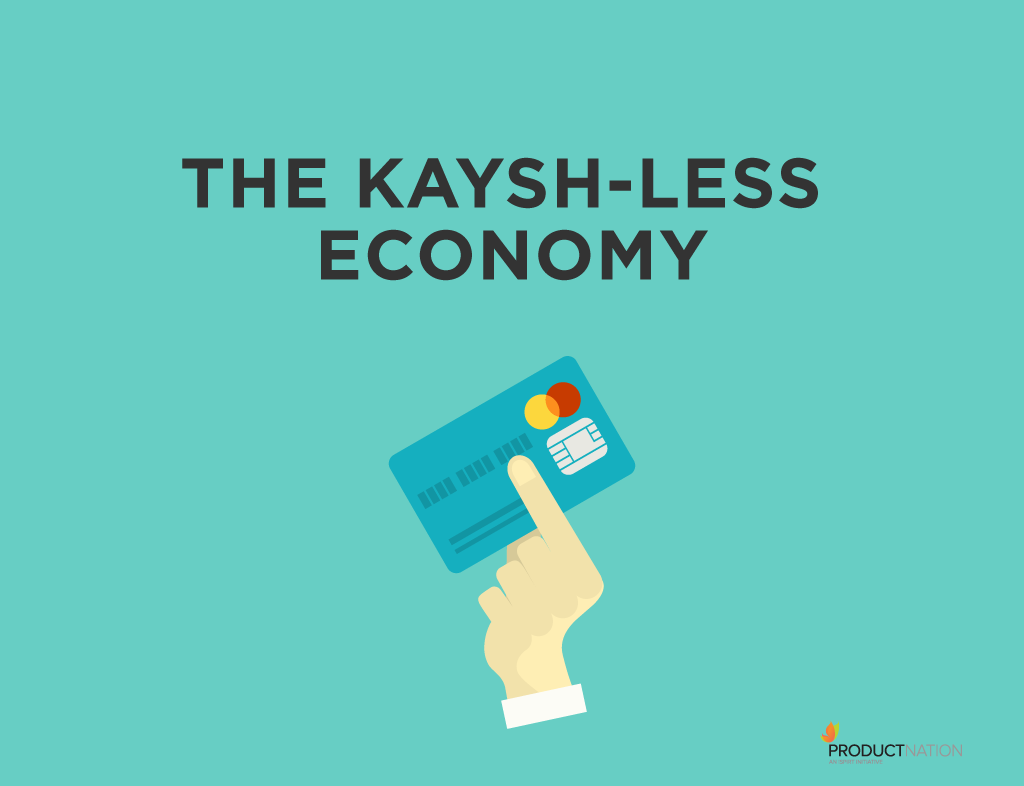The November 8th announcement of demonetization of Rs 500 and Rs 1000 notes by Prime Minister Modi caught everyone by surprise. That was the intent. It is, however, widely expected that bank accounts, plastic cards and digital money usage will increase dramatically in the next 12 months. In other words, India will be pushed towards a cashless economy. The purpose of this piece however isn’t about the probability of a cashless economy happening; It is about the definite opportunity presented by the Indian kaysh-less economy. That is, the economy resulting from the removal of hair from people’s heads. India has been going kaysh-less for millennia. It is our kaysh that adorns the heads of Western celebrities like Lady Gaga, Beyonce, Naomi Campbell and any “Hollywood who’s been a mile of a first class weave” according to Mother Jones. It is Indian kaysh – renowned for its length, quality and strength – that is most prized in the making of wigs, weaves and hair extensions (“dry hair”) used by women in the West.
Annually, India exports about 1,300 tons of hair- 80 per cent of the world’s supply – contributing to about US$400 million in revenues and employing thousands in the collecting, cleaning and sorting activities. Our temples sell the best quality hair – 20-30 per cent of all hair is harvested in temples – while barber shops and women’s combs and garbage bins generate the rest. Temple towns like Tirupati in Andhra and Palani in Tamil Nadu are on the world map for their hair exports. In 2013, Tirupati alone generated Rs 200cr from e-auctioning of 106 tons of hair; 25,000 heads are shaved daily in Tirupati where over 600 hairdressers are employed including 50 female barbers. Rural women who get their heads tonsured have prized natural long hair because it is uncontaminated by shampooing and styling chemicals. The significantly less lucrative shorter men’s hair on the other hand is mostly for industrial use eg stuffing clothes, fertilizers and for extracting L-cysteine, an amino acid. It is worth noting that this acid is used in pizza dough and bakery products so spare a thought the next time you bite into pizza and actually find hair in it.
Indian hair is closest to Caucasian hair and is the most heavily priced thanks to it being “remy” ie single cut and orientation of the cuticle. The remy hair from India goes largely to the US and Europe while the non-remy hair goes to China.
The Indian kaysh-less economy can be a global multi-billion dollar market opportunity; Interestingly, Africa alone offers a US$6billion opportunity that Indian companies can target. If only we considered it as such and, instead of just being a supplier of the primary commodity, got into the higher value-added products of branded dry hair. Instead, even in kaysh, like most things that originate in India, someone else is actually harvesting the serious cash! China, on the other hand, generates $2billion from its supplying dry hair products by partly using Indian non-remy kaysh!
India’s domestic kaysh-less economy – as a leading supplier of the best quality human hair – can provide a very lucrative cash generating opportunity for Indian beauty and wellness companies.
With 1.25billion people, India’s original kaysh-less economy isn’t an hairy-fairy business; It is hair today and definitely not gone tomorrow. The country needs a Big Hairy Audacious Goal. All we have to do is say, “hair! Hair!” to that. Will we?


